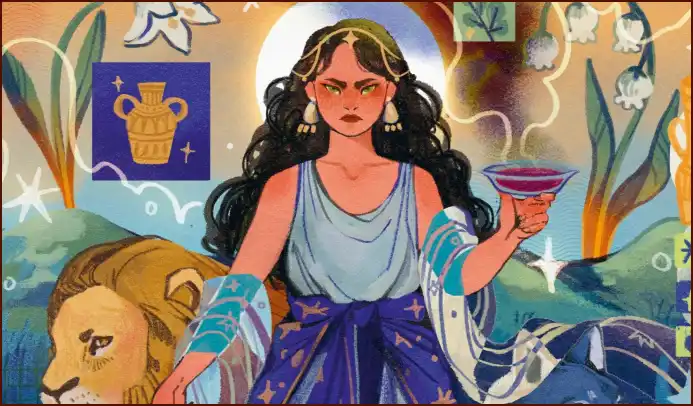Defining what a witch is has been a complex and evolving task throughout history. The term often conjures images of a solitary old woman, but the reality is far more diverse and nuanced, shaped by folklore, religion, and societal fears.
Table of Contents
A witch is fundamentally a practitioner of magic, an individual believed to possess supernatural abilities derived from unseen forces. This practice, often called witchcraft or ‘the craft,’ involves a deep connection to the natural world and the manipulation of its energies. Historically, the perception of a witch has shifted dramatically, from a respected healer or wise woman in ancient cultures to a malevolent figure in league with demonic forces during the era of the great witch hunts.
🧙♀️ The Archetype of the Witch
The popular image of a witch—with a pointed hat, broomstick, and cauldron—is largely a product of European folklore and later fictional portrayals. In reality, the figure of the witch is a powerful archetype representing both light and shadow. On one hand, the witch embodies wisdom, healing, and a profound connection to nature’s cycles. They were often the village herbalists, midwives, and counselors.
On the other hand, the witch archetype also represents the feared ‘other’—an individual who operates outside of conventional societal and religious norms. This duality has made the witch a figure of both reverence and persecution throughout history.
🌿 Magic, Nature, and Divinity
At the core of witchcraft is the practice of magic, which is not seen as supernatural in the sense of breaking the laws of nature, but rather as working in harmony with them. Witches are often believed to draw their power from the elements, the moon, and the earth itself.
Key aspects of this connection include:
- Herbalism: The use of plants and herbs for healing, protection, and ritual is a foundational element of witchcraft.
- Lunar Cycles: Many magical practices are tied to the phases of the moon, with different phases being optimal for different types of spells or rituals.
- Divinity: While practices vary, many forms of witchcraft involve the veneration of deities, often a Horned God and a Triple Goddess, who personify the masculine and feminine energies of the natural world.
Ultimately, a witch is a person who walks a path of magical practice and spiritual connection, a definition that continues to be reclaimed and redefined in the modern era.
—
Atkinson, Hazel. The Extraordinary History of Witches. 2025.
More Topics
- Curses: The History of the Evil Eye and Binding Magic
- Magical Plants: A Witch’s Garden of Herbs and Poisons
- Roman Magic: Curses, the Strix, and Everyday Protection
- Circe: The Greek Sorceress of Transformation and Myth
- Greek Magic: Hecate’s Power, Oracles, and Enchantresses
- Japanese Magic: Yōkai, Onmyōdō, and Supernatural Folklore
- Empress Chen Jiao: The Royal Scandal of Witchcraft in Han China

